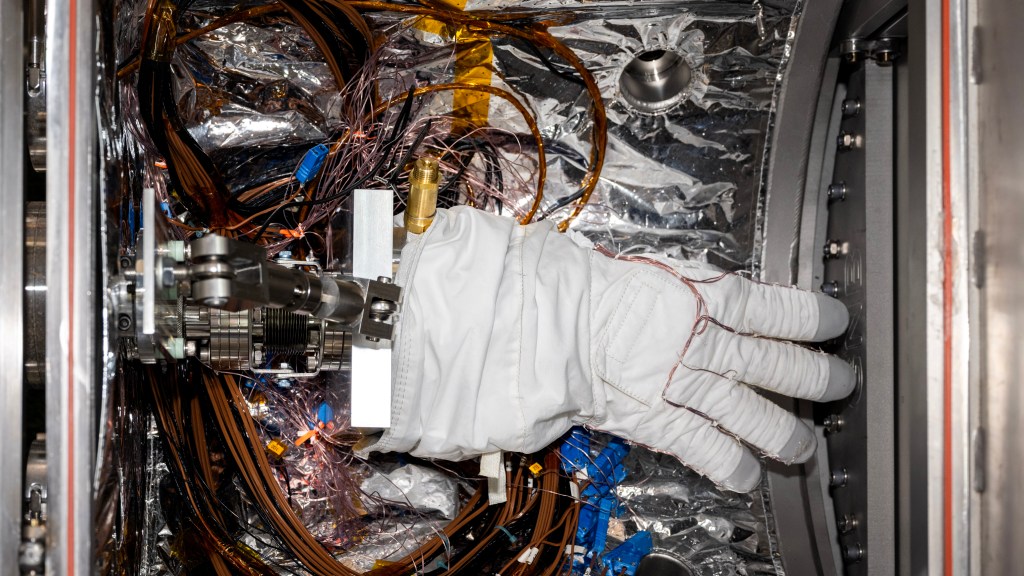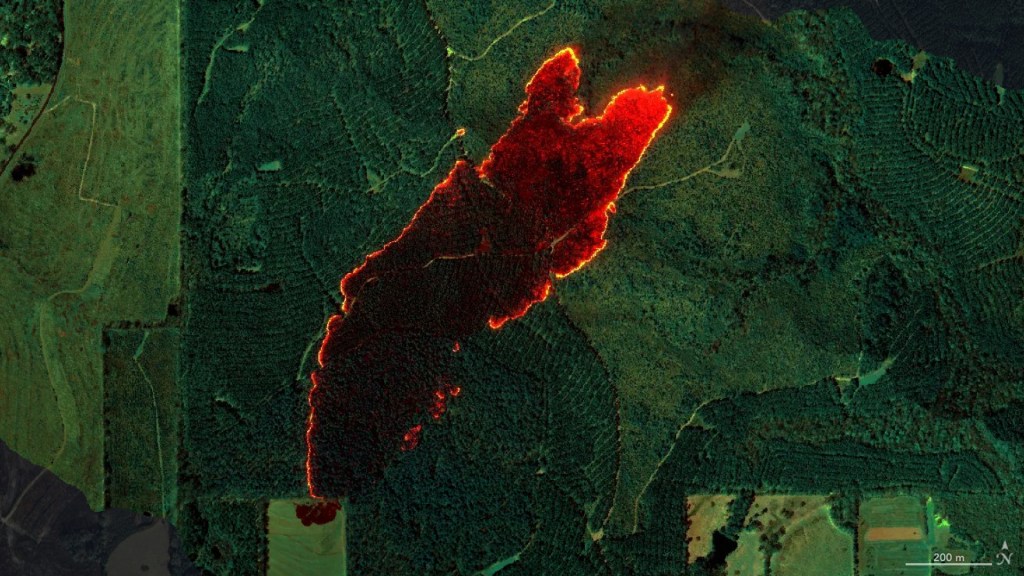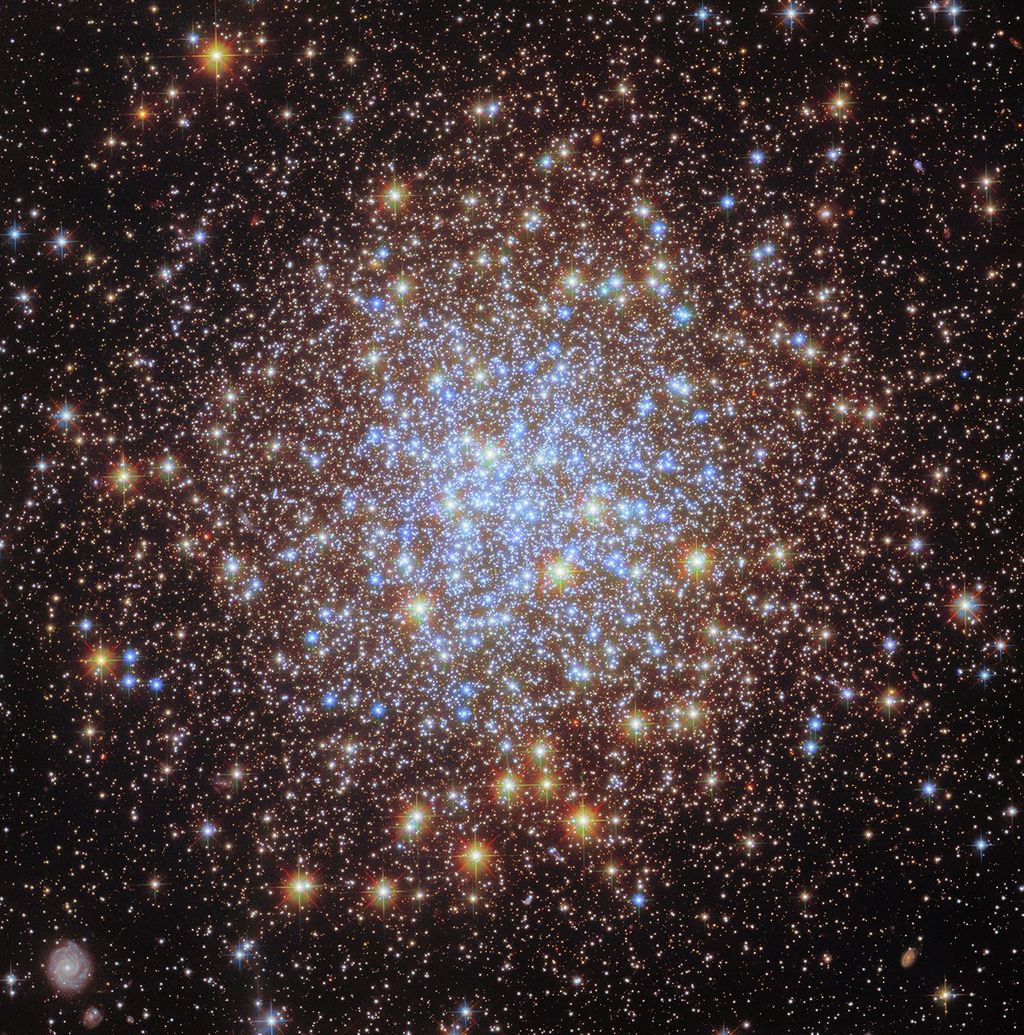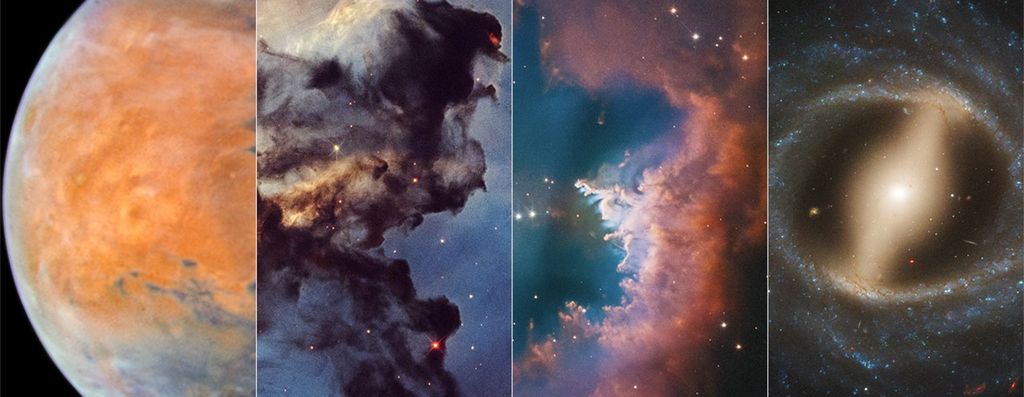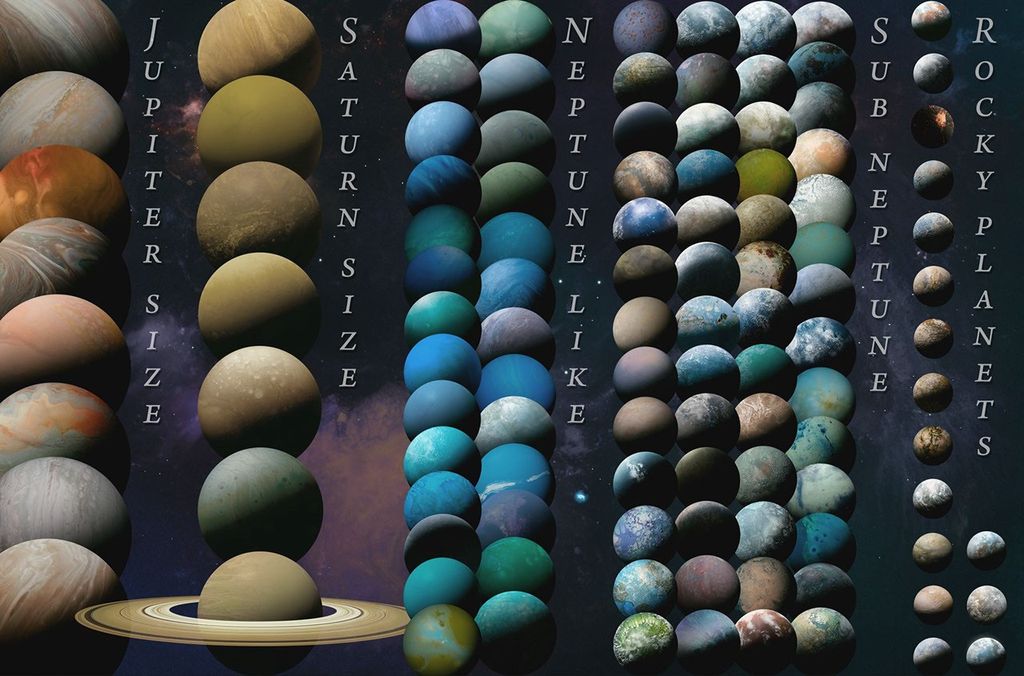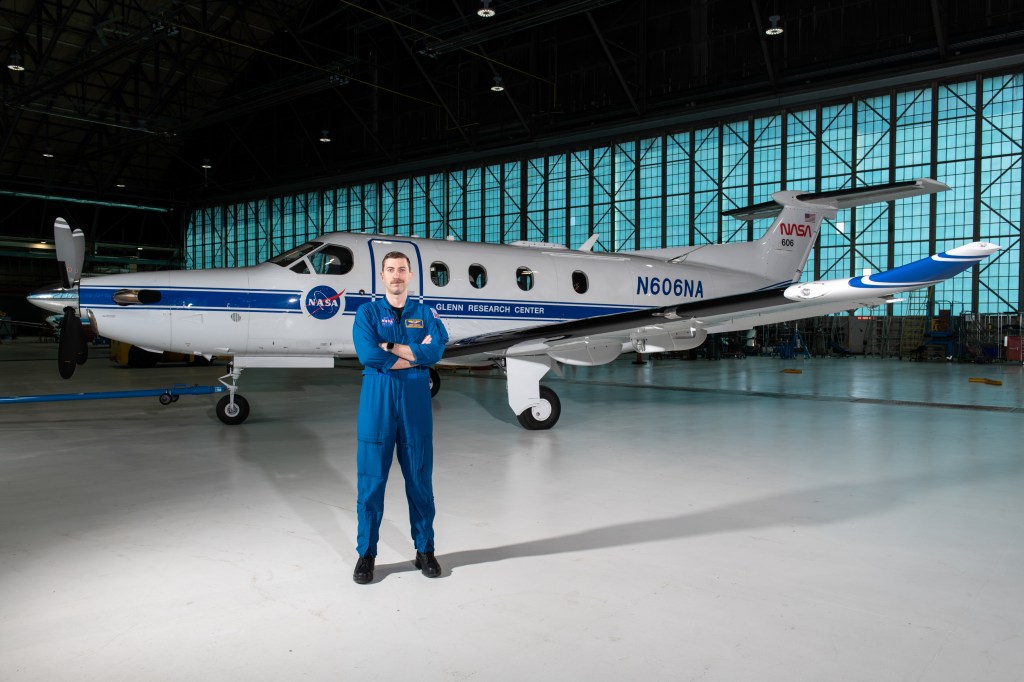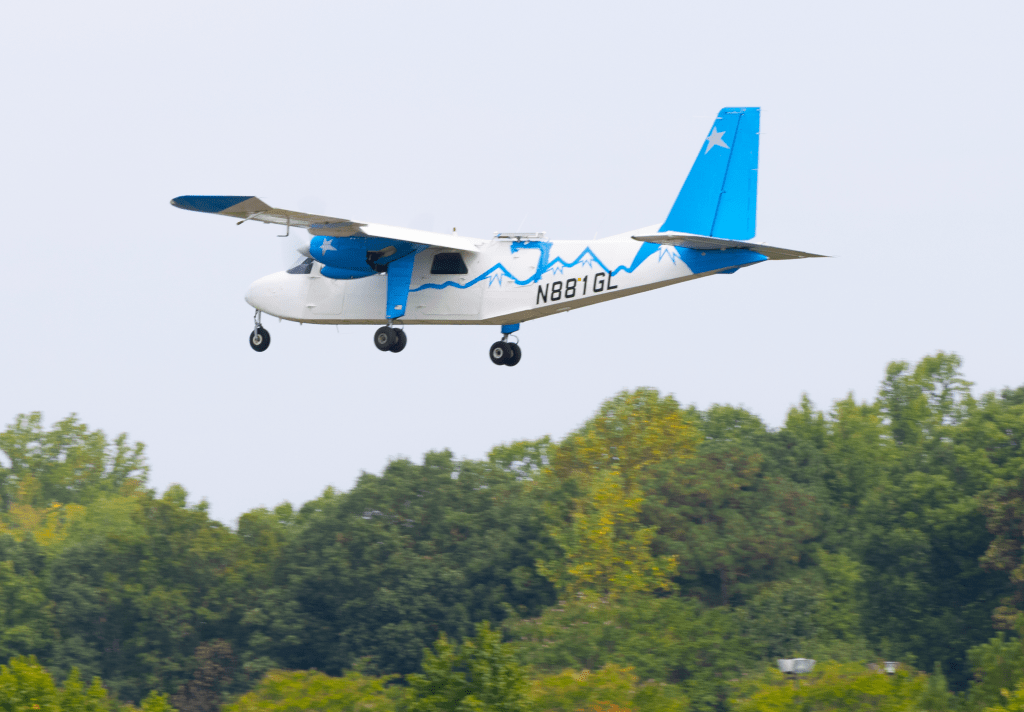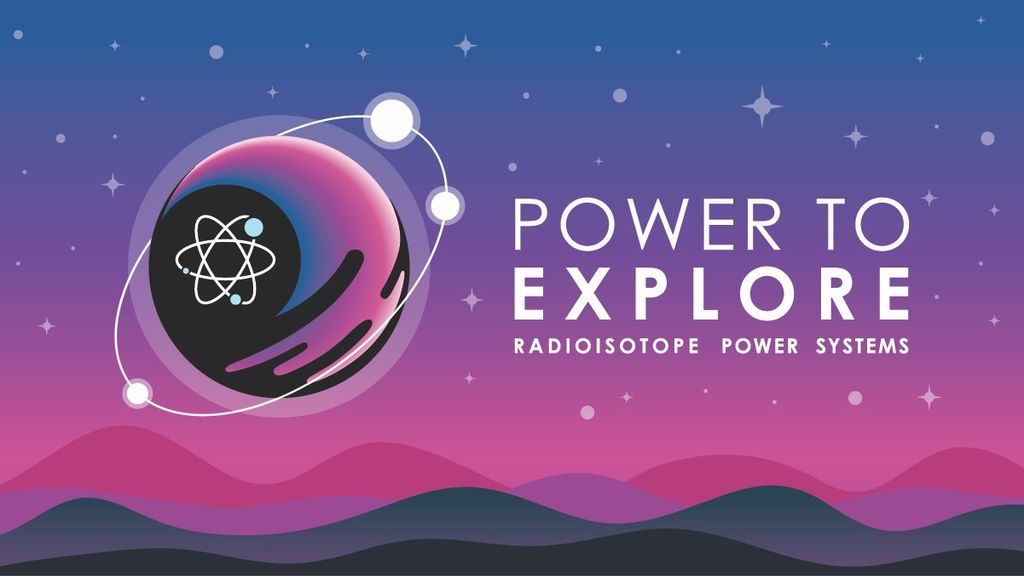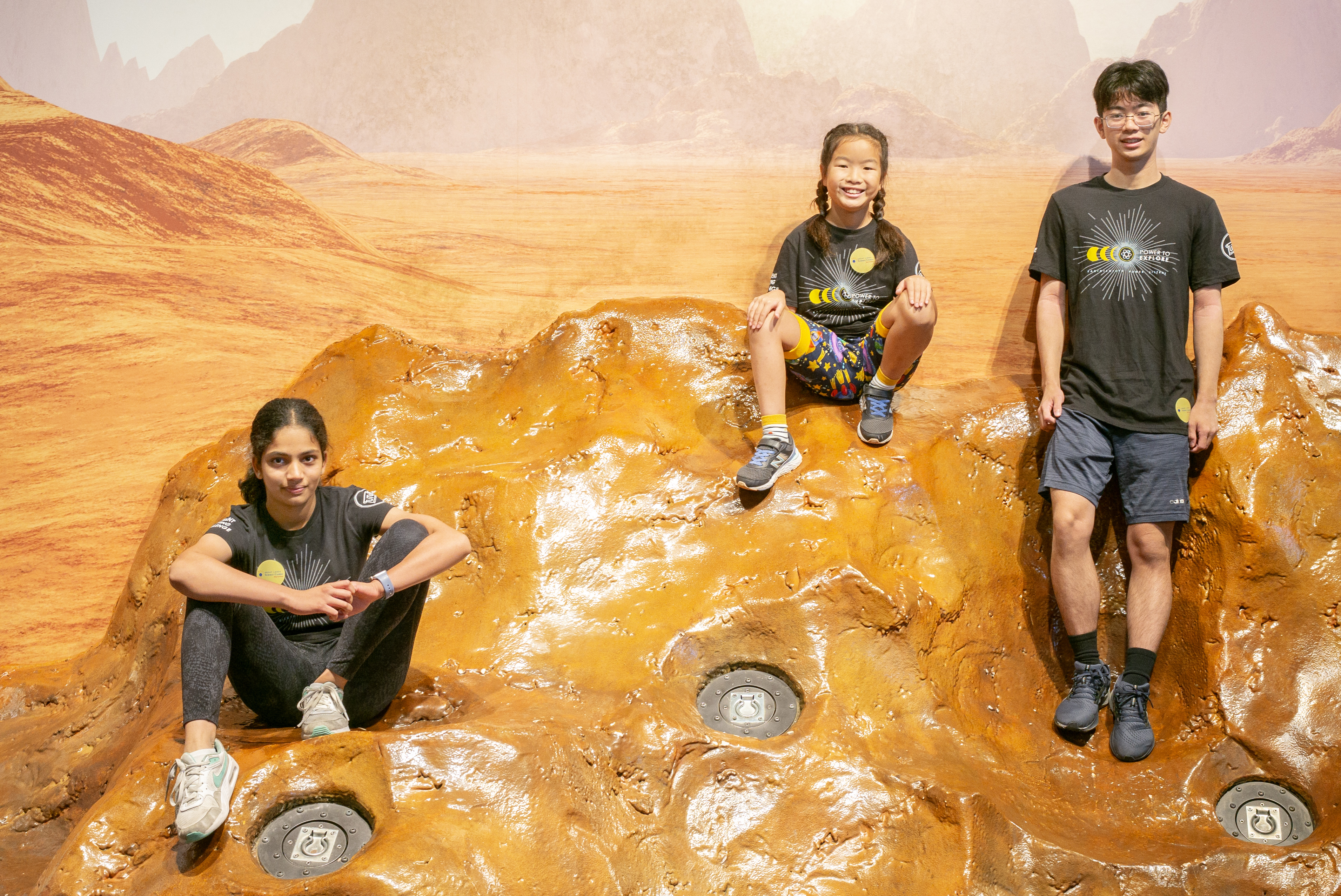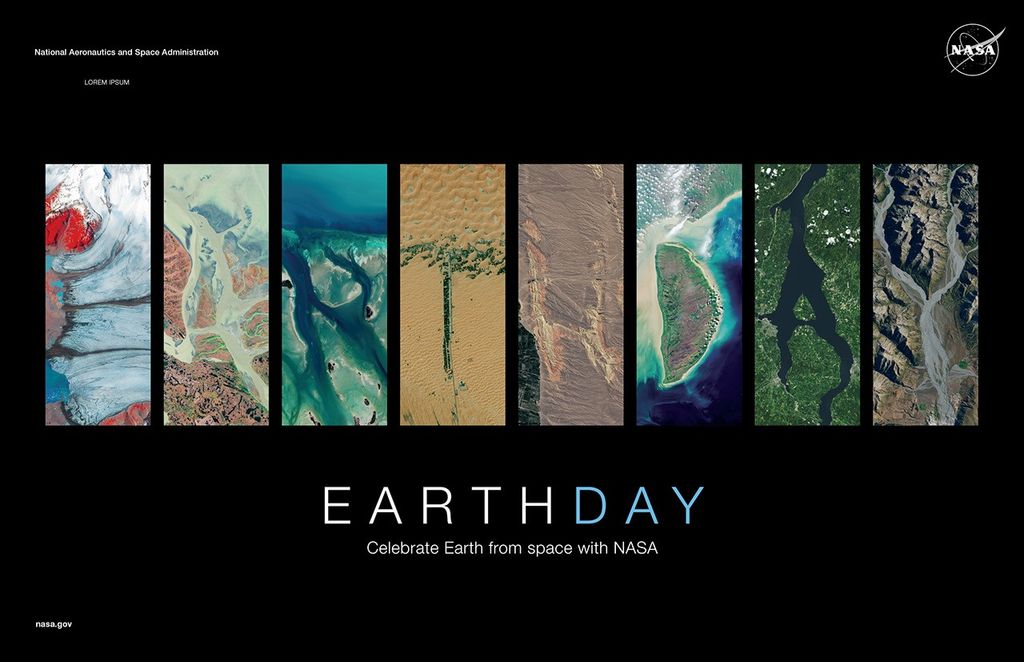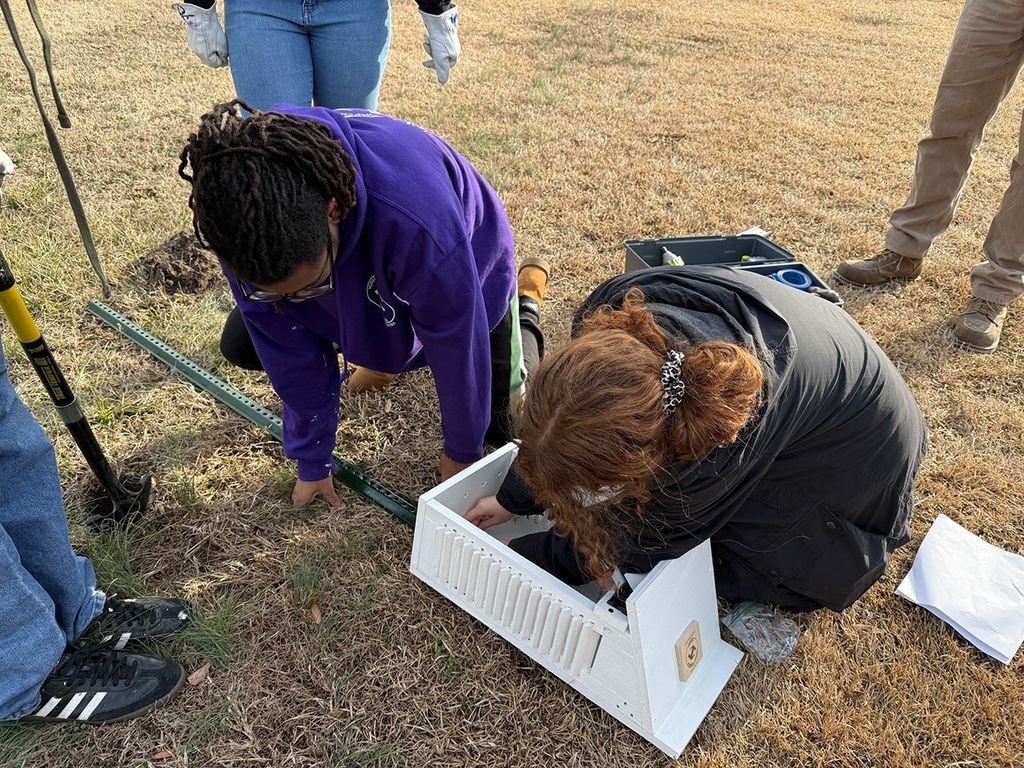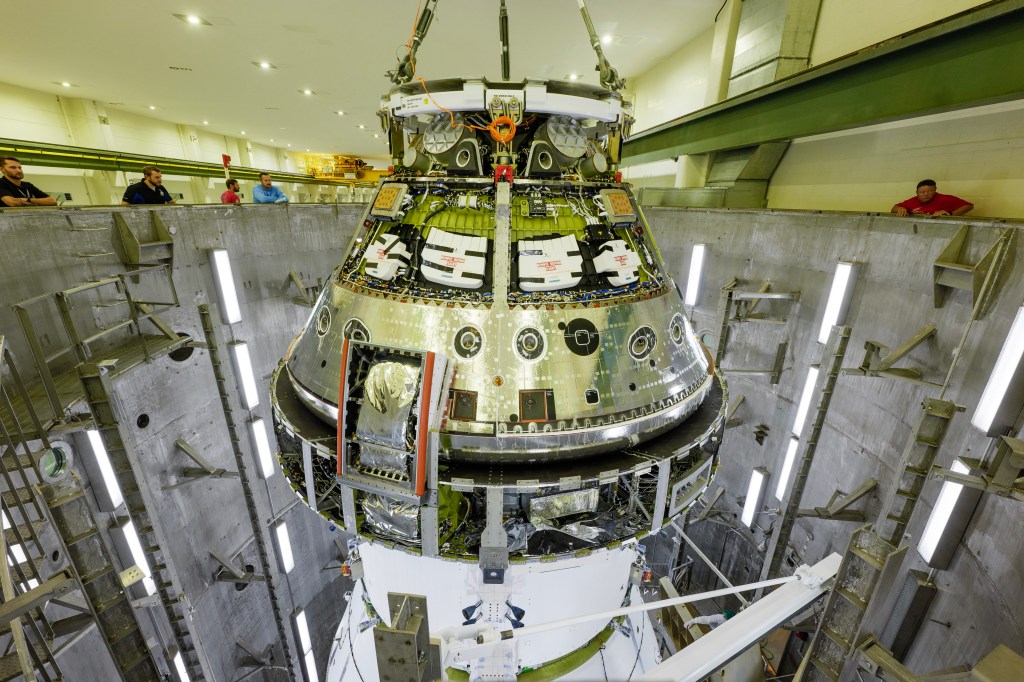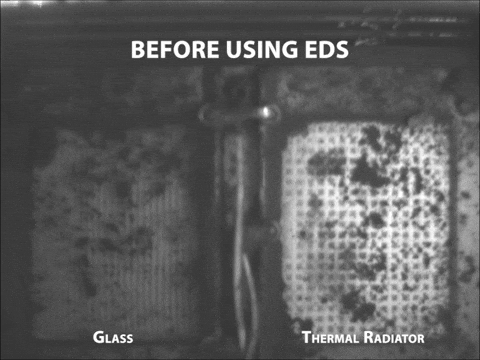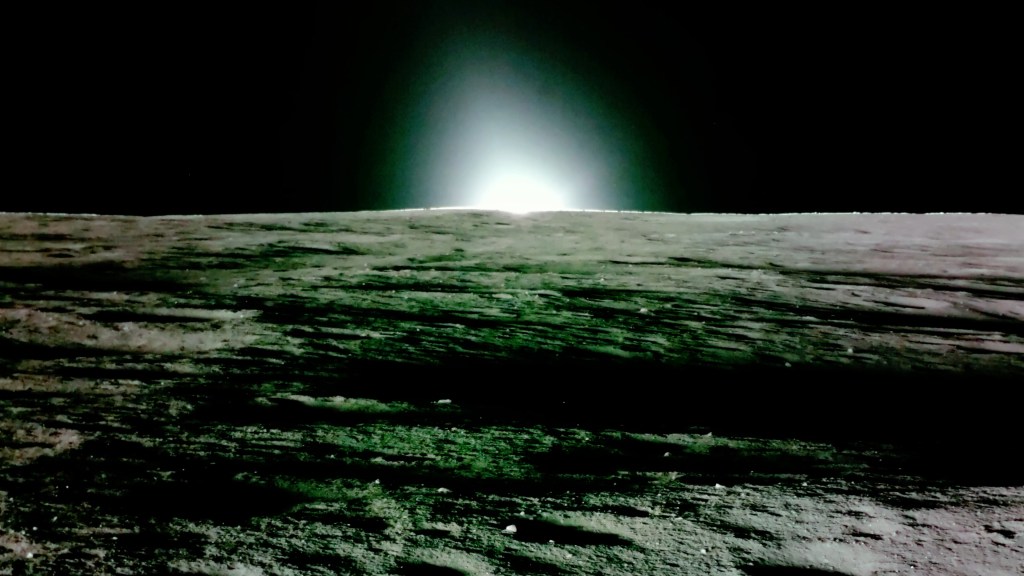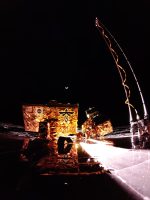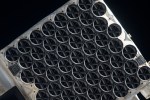Studying Mons Mouton
History and Volatiles
History and volatiles are the two most important takeaways we were looking for from PRIME-1, the suite of two instruments — The Regolith and Ice Drill for Exploring New Terrain (TRIDENT) and Mass Spectrometer for Observing Lunar Operations (MSOLO) — sent to the lunar surface aboard the Intuitive Machines Nova-C lander as part of its IM-2 Mission.
Science, Exploration, and Technology Goals
Expand Our Known History of the Moon
The layers of any planetary body are like a time machine that can teach us about its history. The deeper we dig, the more chapters are added to the history book. Studying materials, pressures, and temperatures across the lunar surface stratigraphy (a fancy geology word for “layers”) can teach us more about the Moon’s formation, tectonic processes, impact history, solar system history, the origins of life on Earth, and more. TRIDENT was to provide data and exhume materials from below the surface while MSOLO analyzed.
Locate Volatile Elements
Speaking of life on Earth, let’s talk about life on the Moon. We’ve put humans on the Moon before, but they couldn’t hang out too long because they didn’t have access to resources necessary to build a continuously habitable lunar environment like water, oxygen, building materials, propellants, and more.
MSOLO aimed to examine TRIDENT samples for subsurface volatiles from which crucial resources might be extracted. These resources would support a sustained human presence on the lunar surface, which would allow scientists to spend invaluable time there further studying the lunar environment.License to Drill
We aren’t just interested in exploring across the lunar surface; we also want to explore into it. One of the best ways to accomplish this is by drilling. Apollo 15, 16, and 17 used a drill to obtain samples, but those missions operated near the equator on the lunar near side. Thousands of miles away, the interior composition of the lunar south pole’s Mons Mouton is vastly different. The data and samples targeted by PRIME-1’s TRIDENT drill would have proven invaluable and groundbreaking (literally and figuratively).
Ruggedization in the Lunar Environment
We plan to spend a lot more time in the future exploring and studying the Moon (and other planetary bodies). Over the years, we’ve put instruments on the Moon, Mars, and asteroids, and one thing they all have in common is a very harsh environment.
We equipped TRIDENT and MSOLO with sensors that would allow us to study the effects of Mons Mouton’s environment on instrument operability, performance, and health. The lessons learned from studying these effects would have informed future decisions about how to design our technologies to stay protected and effective.
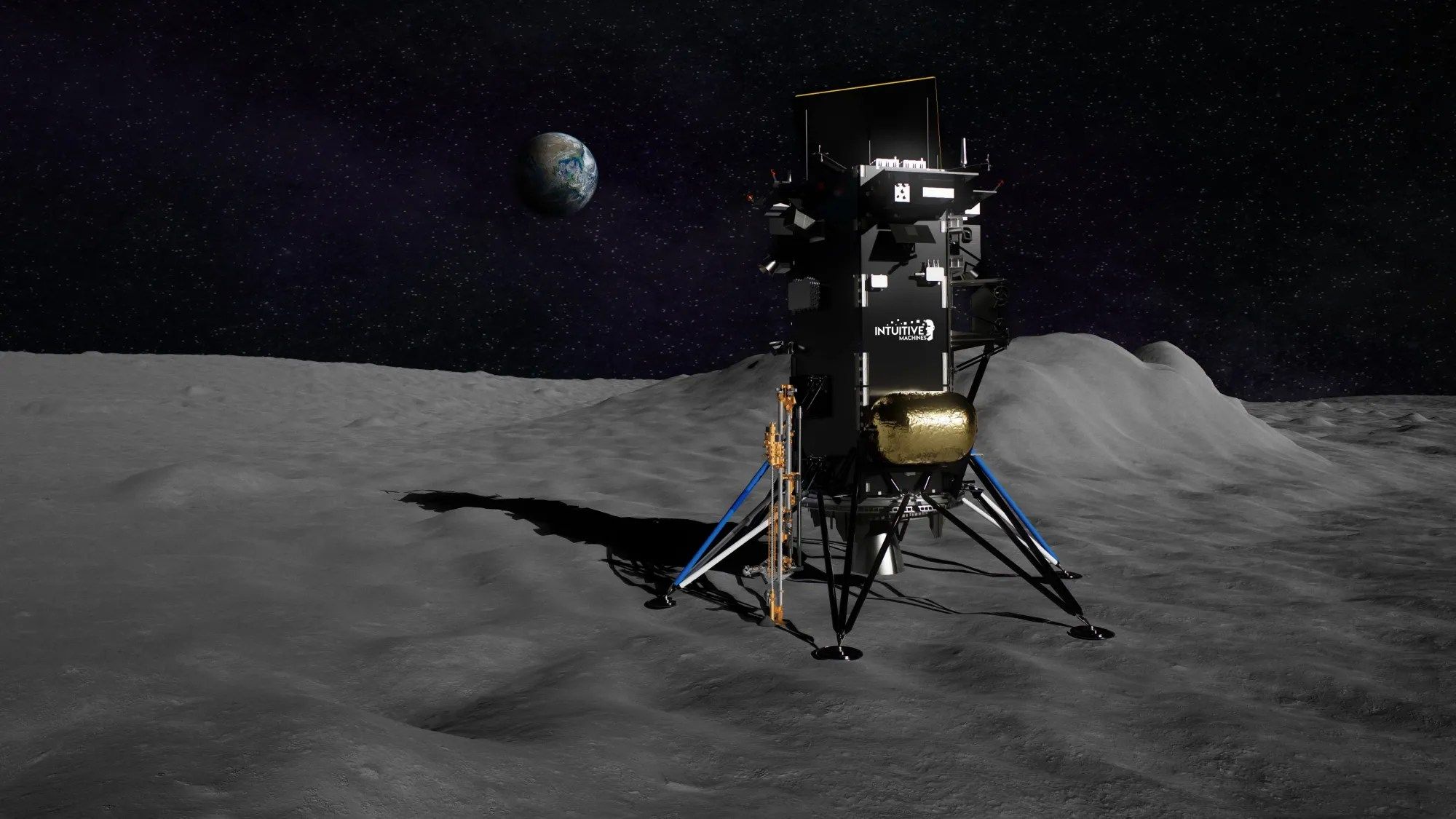
TRIDENT
The Regolith and Ice Drill for Exploring New Terrain
PI: Dr. Kris Zacny, Honeybee Robotics
The first half of the PRIME-1 super team, The Regolith and Ice Drill for Exploring New Terrain (or TRIDENT), is a drill engineered specifically for the harsh lunar environment. It can hammer through extremely hard materials using its rotary-percussive technology, ensuring retrieval of samples up to its maximum depth of 3 feet. It can also record strength, compactedness, and temperature below the surface. TRIDENT intended to exhume materials at different depths and bring them to the surface, where they were to be exposed to MSOLO for analysis.
MSOLO
Mass Spectrometer for Observing Lunar Operations
PI: Dr. Jacqueline Quinn, Dr. Janine Captain, NASA John F. Kennedy Space Center
Mass Spectrometer for Observing Lunar Operations (MSOLO) is a mass spectrometer intended to analyze materials extracted by TRIDENT. Mass spectrometers give us the ability to distinguish and measure elements by charging ions or molecules, separating, and weighing them. They’re especially helpful in harsh environments like the lunar surface. MSOLO is a ruggedized, proven mass spectrometer that has provided incredibly useful data from unforgiving places on Earth like volcanos, and we’re excited to see what it will be able to tell us about the composition of the lunar subsurface in the future.


